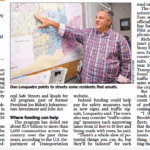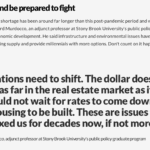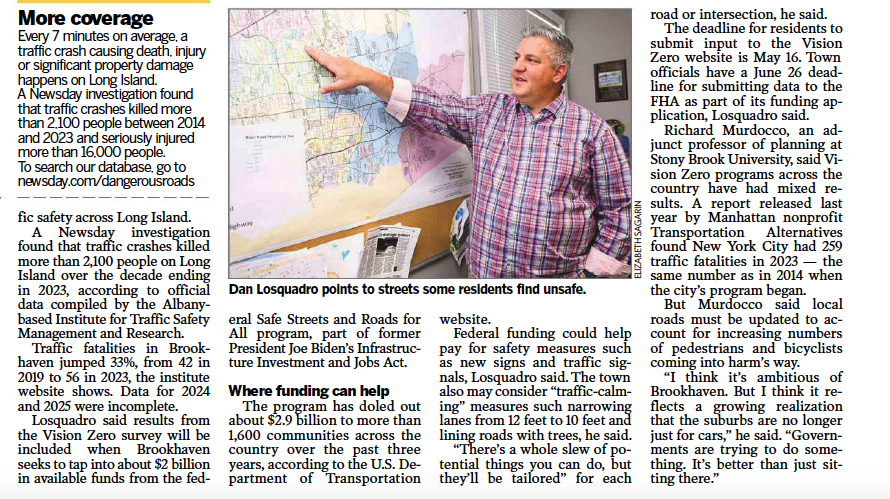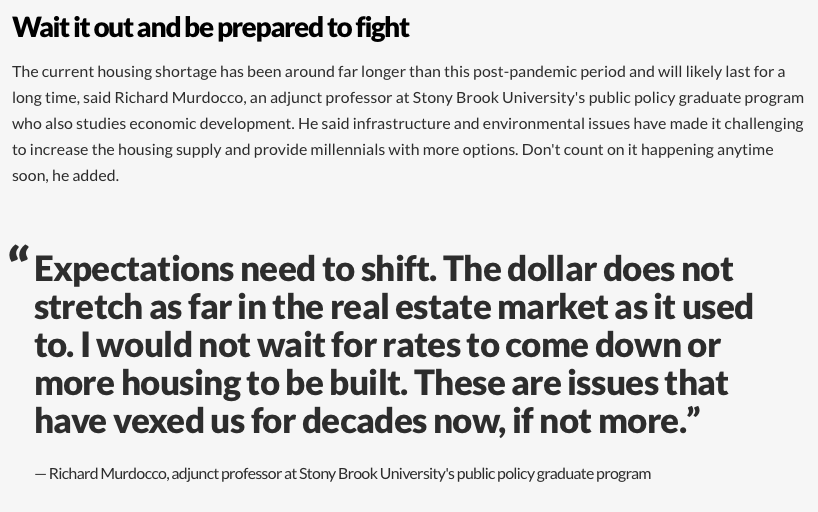The following was published on LIBN’s Young Island:
It was very exciting to read that the Long Island Regional Planning Council (LIRPC), an entity that I often criticize for not actually getting anything done, started up a website to nurture public input on ways that Long Islanders can solve our affordable housing problem . The site, www.li2035.org, is one that all Long Islanders should visit, and should take the time to participate in. The site’s blog even cited LIBN’s own Young Island writer Tara Bono in one of their posts. This is encouraging, and is a step in the right direction. Further, I enjoyed the fact that the site is centered around the idea of public input. As you all know, public input drives the policy process. I sincerely think that the LIRPC did good work. I hope you use the public input to help shape your recommendations to the municipalities and counties.
Despite the website’s best intentions, it is more of the same and this effort is far from enough. As per usual on Long Island, the fox is watching the hen house.
Affordable housing on Long Island is an issue that we should not take lightly. The fact is, we need 41,429 affordable units to meet the ever-growing demand. A policy solution can’t be wrapped in a feel good online presentation, helmed by the developers and housing advocates, that to be honest, haven’t been too effective in dealing with this very real problem. By allowing these vested interests to dominate the housing conversation, we’ve destined ourselves to the more-of-the-same policy solutions we’ve seen for the last ten, twenty and thirty years. To put it in perspective, this is like putting a Texas oil man in charge of our alternative energy policy. How about we put executives from Ford, Chrysler and GM in charge of alternative transit options? Yes, they would be experts, but are they the experts we want considering the task at hand?
The time for skirting around our regional problems has to end. We need planners, not stakeholders. We need action, not feel good discussions with the same groups of people. We fresh faces with fresher ideas. We need planners to be autonomous in making their policy recommendations. Since I’ve started writing, I’ve criticized the LIRPC for being too stakeholder heavy. In July 2011, I wrote the following in Newsday:
However, it is important for the future regional effort to not get caught up in the political or special-interest milieu that weighed down the Long Island Regional Planning Council.
What once was a group detached from — and many times ran counter to — the political realities of the time, was turned into a group that is a shell of what it used to be, and is vulnerable to outsider interests and agendas.
I am disappointed to see that the trend is still continuing in 2013.
This trend of allowing stakeholders to lead the conversation on these real issues have resulted in haphazard, patchwork policy solutions that have questionable effectiveness. Long Island’s problems are all interconnected. We cannot solve our housing crisis without exploring ways to stop the degradation of our aquifers, repair our infrastructure or reduce our crippling tax burden. Great- you have housing advocates and builders listed on as “the experts”. I am sure they know their fields very well. Where are the environmentalists, the transit advocates and the economists? Where are the scientists, hydrogeologists and engineers? Give them a seat at the table as well. Sound planning is driven by public input, and guided by scientific data.
I know the new site just launched, and the other sections need to be hashed out, but the region has faced these issues since the 1950s. We’ve had multiple comprehensive plans, many whose recommendations are still valid. There is no need to reinvent the wheel- we know what we have to do. I am tired of hearing “well- that’s not the way it works.” Christine Sampson, an editor that I know, once came up with a great title. It was called “Let’s Get Moving on Affordable Housing Needs”. Well…let’s stop talking and do it.











